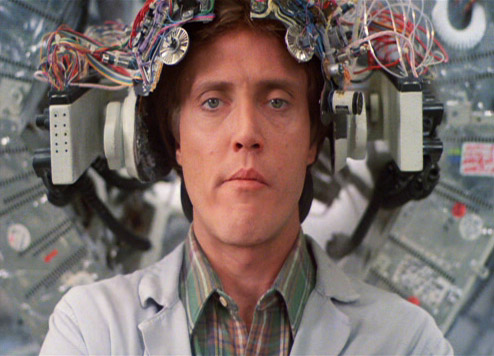 |
| i would like to buy one just the same as that |
The role for planners would appear to be in generating ways of exploiting this data and in drawing insights from it and Thom feels that it is necessary for planners to develop the consultant side of the neuromarketing industry.
 |
| baby see, baby do |
Although what starts as a conscious thought and evaluation depreciates to something less conscious throughout a given task, it is impossible to totally switch off from the fact that your responses are being monitored. Even when the technology becomes smaller and more integrated this awareness will be unavoidable.
 |
| brainstorm |
I believe that in its current state neuromarketing is at its most useful when combined with other forms of monitoring, such as social media, where it can be used in order to measure people's desire to share. Despite the massive recent advances in market research and neuroscience, these methods still have a way to go before the variables are minimised and the data that they produce provides reliable insights into the behaviour of the human mind.
For the time being I have to side with the neuro-sceptics and back the corner of the more philosophical, qualitatively backed ways of reaching into the minds of consumers.
You can find out more about Thom and his work on the Neurostrata website.
You can also see his presentation slides here.
Cited books:
Descartes' Error - Antonio Damasio
Unconscious Branding - Douglas Van Praet
Thinking Fast and Slow (of course) - Daniel Kahneman